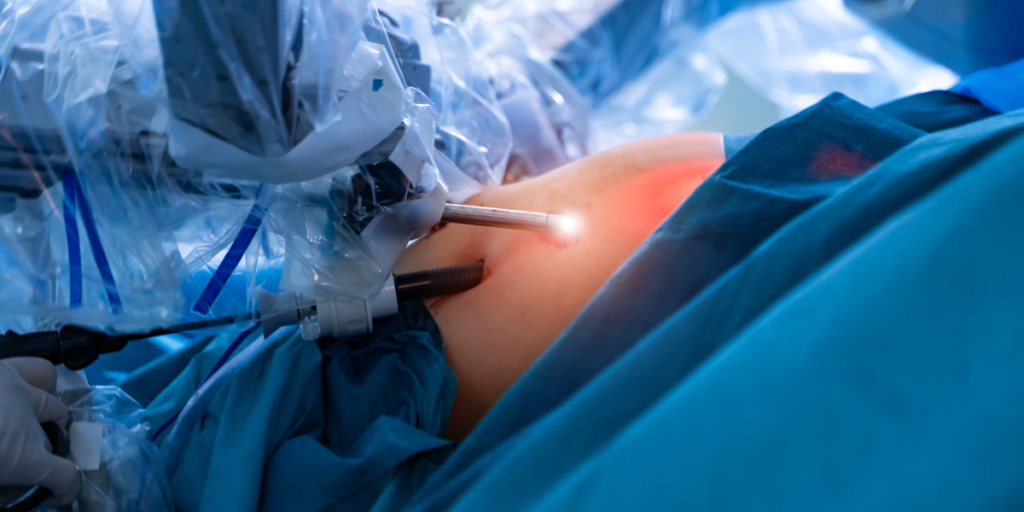Have you just learnt that you have a fatty liver? You are not alone.
Fatty liver disease (hepatic steatosis) is a common condition caused by the accumulation of extra fat in the liver. For the vast majority of people with this condition, there are no symptoms and no major health issues. Some people may only learn about their fatty liver when they undergo medical tests for other reasons.
However, at the end of the spectrum, fatty liver can progress to more severe forms of liver damage and become life-threatening. On the bright side, fatty liver disease is preventable and reversible through lifestyle changes.
Functions of the liver
The liver is the largest solid organ in our body, and here are some of its most important functions:
Metabolism and storage of nutrients
The liver is responsible for carbohydrate, fat, and protein metabolism. After a meal, the body converts a large portion of the food we eat into glucose, a form of sugar. The liver removes the excess glucose from the blood and stores it as glycogen. When the body needs energy, the liver breaks down the glycogen to release the stored energy in the form of glucose.
Another key function of the liver is to produce and remove cholesterol. Cholesterol is required for the production of hormones, vitamin D, and digestive enzymes. Vitamins and minerals (especially iron and copper) are also stored in the liver.
Detoxification
The liver is vital for the detoxification of substances that are harmful to the body, such as drugs and alcohol. Toxic substances that pass through the liver are broken down and rendered harmless before being released into the bloodstream or eliminated through the bowel.
Food digestion
Did you know that the liver can produce up to 1 litre of bile each day?
This yellow, green-brownish liquid travels from the liver to the intestines via the bile duct. The bile juices break down fats in food so that they can be absorbed from the bowel.
Produce important proteins for blood clotting and immunity:
With the aid of vitamin K, the liver makes blood proteins that are crucial for blood clotting, antibodies (immunity), and oxygen transport.
Is fatty liver disease a serious condition?
The severity of fatty liver disease may differ depending on the stage of the condition. During the early stages, a fatty liver is commonly benign and reversible. However, there is a likelihood of this condition progressing further towards more serious liver damage.
There are four different stages of fatty liver disease:
Simple fatty liver – This is the stage where excessive fat accumulates in the liver cells. Typically, there are no symptoms and the fatty liver disease does not interfere with the liver’s functions.
Steatohepatitis – At this stage, the fat accumulation is causing liver cell damage, making them inflamed and swollen.
Fibrosis – The liver tries to repair the damaged liver cells. As a result, scar formation in the liver tissues happens at this stage.
Cirrhosis – When the cycle of liver damage and scarring happens continuously for years, extensive scar tissues replace the healthy tissues. And, that leads to a severely damaged liver. This often progresses to liver failure and liver cancer.
How does fatty liver disease happen?
There are many different causes which can lead to fatty liver disease. The two most common types of this condition are:
Alcoholic liver disease
Alcoholic liver disease is caused by excessive alcohol consumption. Hence, anyone who consumes a lot of alcohol may develop a fatty liver. Long-term excessive alcohol consumption will result in alcoholic hepatitis and irreversible liver damage.

Metabolic dysfunction associated fatty liver disease (MAFLD)
Previously known as non-alcoholic fatty liver disease, this type of fatty liver disease is quite similar to alcoholic liver disease, but it occurs in people who are not heavy drinkers.
The majority of cases are linked to obesity and are thought to be a part of metabolic syndrome. In fact, MAFLD is a growing concern in Malaysia. There are now more Malaysians who have been diagnosed with fatty liver disease. As a result, the country’s escalating obesity and diabetes rates.

Research by our local experts has shown that about 1 in 4 Malaysians have been diagnosed with fatty liver disease on routine health checks. Also, up to 1 in 2 patients who are diabetic suffer from this form of fatty liver disease. Due to the rising prevalence of MAFLD, Malaysians are now more at risk than ever of getting liver cancer. Consequently, cardiovascular diseases like heart attack or stroke as well.
Occasionally, even if none of these conditions exist, some people, including children, can develop fatty liver disease for no obvious reason.
What are the signs and symptoms of fatty liver disease?
Most patients with fatty liver disease have no symptoms. Fatty liver disease can harm the liver for years, if not decades, without showing any signs of damage.
Some may start to exhibit symptoms during the later stages, such as:
- Right upper abdominal pain or fullness
- Jaundice (yellowish-tinge on the skin and the whites of your eyes)
- Tiredness, weakness, or mental confusion
- Nausea, loss of appetite and weight loss
- Swollen legs or abdomen
- Easy bruising or bleeding
What are the risk factors of fatty liver disease?
Heavy drinking is the major risk factor for developing alcoholic fatty liver disease.
Non-alcoholic fatty liver disease risk factors include:
- Being overweight or obese.
- Type 2 diabetes, or if your body does not respond to insulin (insulin resistance).
- Dyslipidemia – having abnormal levels of unhealthy fat in the blood, such as the “bad” LDL-cholesterol, or triglycerides.
- Over 50 years of age
Certain medications, hepatitis virus infection, rapid and extreme weight loss, and celiac disease are some of the less-known risk factors for developing MAFLD.
How is fatty liver disease detected?
Because fatty liver disease frequently goes undetected, your doctor may be the first to notice it. The doctor may ask for a detailed medical history and perform physical examinations to look for the signs of fatty liver disease. Increased levels of liver enzymes during a blood test for another condition or routine screening may raise a red flag.
Raised liver enzymes indicate that your liver is injured. To confirm the diagnosis, your doctor may arrange for imaging tests, such as an abdominal ultrasound scan, a specialised FibroScan®, or magnetic resonance imaging (MRI). In some cases, a liver biopsy (tissue sample) may be needed to determine the severity and stage of the liver disease.
How is fatty liver disease treated?
Lifestyle modification
If you have fatty liver disease, regardless of the cause, one of the best things you can do is to adopt a healthy lifestyle. To ensure that your lifestyle change is sustainable, taking small steps is the way to go. Aim for a gradual and steady weight loss by making dietary changes and increasing physical activity at a comfortable pace.
If you enjoy an occasional drink, it is good to know that although alcohol does not cause MAFLD, drinking may worsen it. Hence, it is advised to reduce or quit consuming alcohol.

Treat the underlying cause
If you have other medical conditions, such as diabetes, high blood pressure, or dyslipidemia, you may want to speak to your doctor about ways to improve your disease control. You may also want to check with your doctor to see if there are any medications that may contribute to a fatty liver or worsen the condition.
If your fatty liver disease is happening suddenly and worsening rapidly, your doctor might need to arrange for further blood tests and imaging to exclude other rare causes of fatty liver disease.
Surgery
Bariatric surgery is gaining traction as an effective treatment for fatty liver disease, particularly in patients with morbid obesity. There is encouraging evidence that suggests bariatric surgery can help patients achieve significant and long-lasting weight loss, in addition to relieving obesity-related diseases. Most importantly, the weight loss following surgery may help to reduce liver inflammation, fat build-up, and scarring.

Conclusion
Fatty liver disease is a common condition that is both preventable and treatable. The prognosis (outlook) for liver disease greatly depends on the stage of the disease at the time of diagnosis. Most people with fatty liver disease may improve and remain stable without needing any therapy, but some will progress to hepatitis or even liver cirrhosis. The reason for this is still unknown; it could be due to certain genetic factors.
A lifestyle change could be extremely beneficial if you have the classic risk factors for metabolic syndrome, such as diabetes or obesity. This approach would include a combination of dietary changes, regular exercise, gradual weight loss, and abstaining from alcohol. Additionally, bariatric surgery is available as a safe and effective way to aid in weight loss.
Some people may experience full recovery from their fatty liver disease with the right lifestyle adjustments and appropriate treatment of underlying illnesses. A slower rate of disease progression may be experienced by those with more severe forms of fatty liver disease. Regardless of the stage of your fatty liver disease, it is critical to focus on leading a healthy lifestyle and to see your doctor on a regular basis to monitor the development of your condition.
References:
- https://www.niddk.nih.gov/health-information/liver-disease/nafld-nash https://aasldpubs.onlinelibrary.wiley.com/doi/10.1002/hep.29367
- http://www1.msgh.org.my/files/958fba5ff6bfdf5fdbcbcf9f584f0eab.pdf https://jamanetwork.com/journals/jama/fullarticle/2786270
- https://www.ncbi.nlm.nih.gov/pmc/articles/PMC8706342/
- https://www.webmd.com/hepatitis/fatty-liver-disease